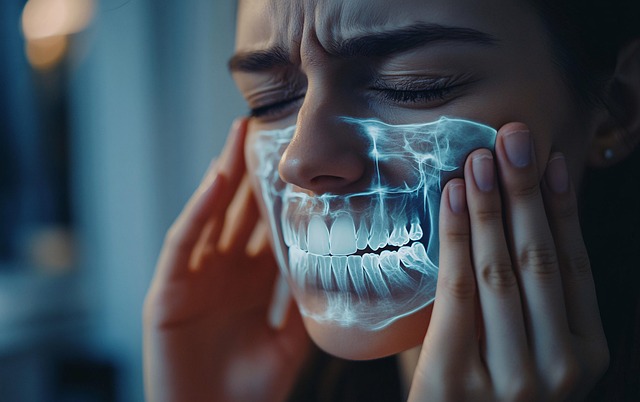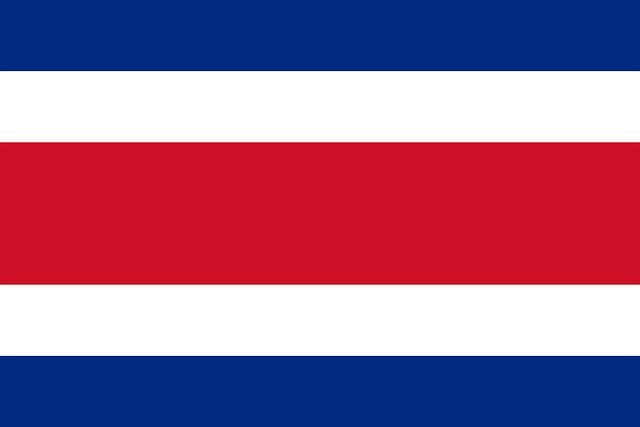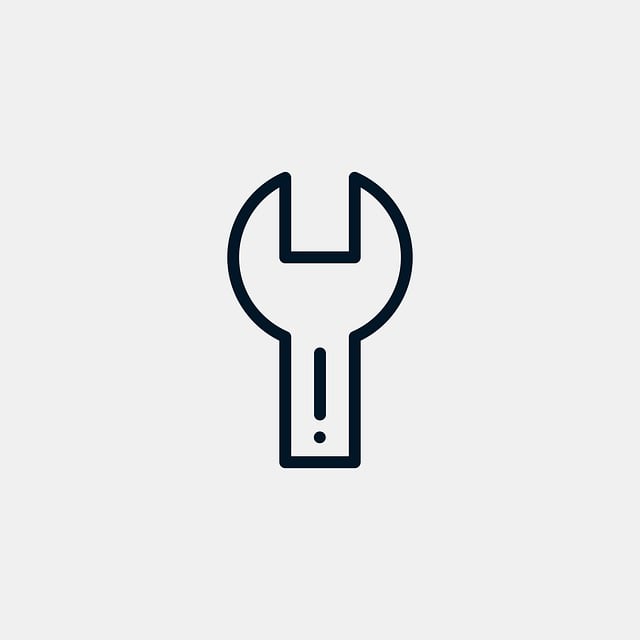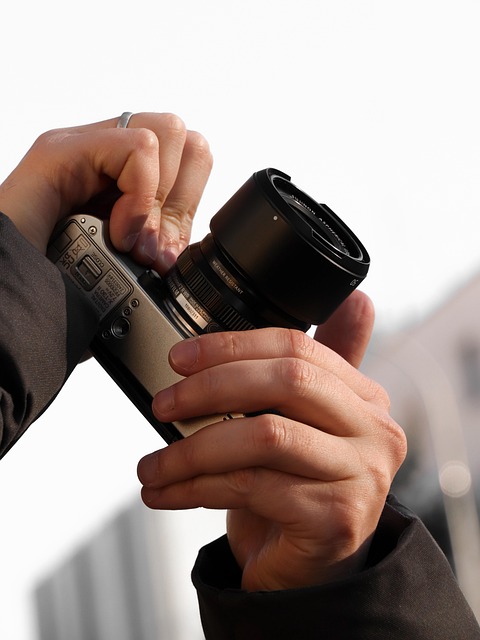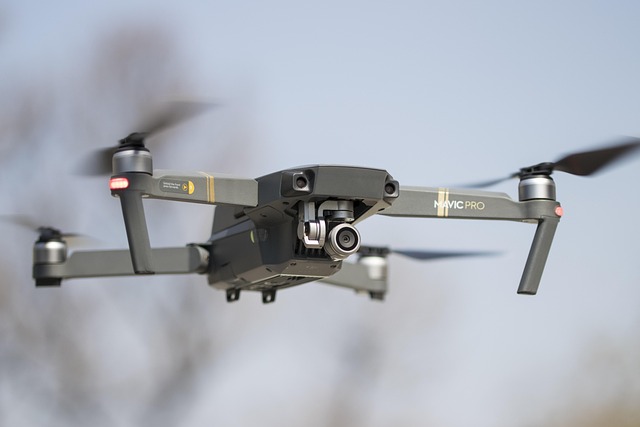Auto injuries from car accidents can cause muscle tears requiring prompt attention. Chiropractic care offers a non-invasive approach to healing, specializing in diagnosing and treating musculoskeletal disorders without medication or surgery. Rest, ice, compression, elevation, gentle manipulation, and ultrasound are used to alleviate symptoms and promote healing. Proper recovery strategies, including regular chiropractic check-ups and preventive measures like good posture and diet, are crucial for effective management of car accident muscle injuries.
“Auto accidents can lead to serious muscle tears, causing significant pain and disability. Understanding these injuries and their impact is crucial for effective healing. In this article, we explore comprehensive strategies for recovering from torn muscles caused by car accidents. From recognizing immediate steps to address the injury, we delve into the benefits of chiropractic treatment as a non-invasive approach. Additionally, discover valuable recovery and prevention techniques to aid in your journey towards rehabilitation after a chiropractic treatment for car accident injury.”
- Understanding Auto Injury-Related Muscle Tears: Causes and Immediate Steps
- Chiropractic Treatment for Torn Muscles: Non-Invasive Healing Approaches
- Recovery and Prevention Strategies After a Car Accident Injury
Understanding Auto Injury-Related Muscle Tears: Causes and Immediate Steps

Auto injuries, particularly in the form of car accidents, can lead to significant muscle tears. Understanding these types of injuries is crucial for effective healing. Muscle tears occur when the fibrous tissue connecting muscles to bones ruptures or partially separates due to sudden and intense force, common during car crashes. Depending on the severity, symptoms range from sharp pain and swelling to limited mobility and bruising.
Immediate steps after a suspected muscle tear include seeking chiropractic treatment. Chiropractors specialize in diagnosing and treating musculoskeletal disorders without medication or surgery. Resting the affected area, applying ice packs, compressing it with bandages, and elevating the injured body part can help alleviate symptoms while promoting healing. Additionally, a chiropractor may employ techniques like gentle manipulation, therapy exercises, and ultrasound to improve blood circulation, reduce inflammation, and restore muscle function.
Chiropractic Treatment for Torn Muscles: Non-Invasive Healing Approaches

Chiropractic care offers effective non-invasive healing approaches for torn muscles resulting from car accidents. Chiropractors utilize specialized techniques to manipulate and mobilize the affected area, promoting natural healing responses in the body. Adjustments can help reduce muscle tension, improve blood circulation, and support the repair of damaged soft tissues.
These treatments are designed to be gentle and tailored to the individual’s needs, making them an ideal option for those seeking alternative remedies without surgery or extensive medication. Chiropractic care aims to restore proper alignment and function, enabling the body’s innate healing mechanisms to mend torn muscles efficiently and safely.
Recovery and Prevention Strategies After a Car Accident Injury

After a car accident, it’s crucial to understand that proper recovery and prevention strategies are vital for managing muscle injuries effectively. Chiropractic treatment can play a significant role in this process. This natural approach focuses on correcting spinal misalignments and promoting healing without medication or surgery. It involves manual adjustments, targeted exercises, and patient education to restore body balance and reduce pain.
To enhance recovery, patients should prioritize rest, ice, compression, and elevation (RICE) immediately after the injury. Additionally, maintaining a consistent chiropractic care routine can help prevent further damage and support muscle regeneration. Regular check-ups ensure that the body heals correctly, addressing any underlying issues that could delay or complicate the recovery process. Preventive measures such as improving posture, incorporating regular stretching and strength training exercises, and adhering to a balanced diet can also contribute to faster healing and long-term wellness, reducing the risk of future car accident injuries.
Auto injuries can cause significant muscle damage, but with the right approach, healing is achievable. Incorporating chiropractic treatment for torn muscles after a car accident injury offers a non-invasive, effective solution. By understanding the causes and immediate steps to take, individuals can begin their recovery journey. Through targeted recovery strategies and prevention tactics, it’s possible to minimize future risks and restore optimal physical health following such an incident.



